Gardening is one of life’s great joys, but pests can quickly turn a flourishing garden into a frustrating experience. While chemical pesticides offer a quick solution, they can harm beneficial insects, pollinators, pets, and even humans. Fortunately, there are effective, chemical-free ways to keep pests away, ensuring a healthy, thriving garden while maintaining ecological balance.
This comprehensive guide will explore natural pest control methods, preventive strategies, and sustainable techniques to protect your plants without relying on harmful chemicals.
Step 1: Understand Your Pests
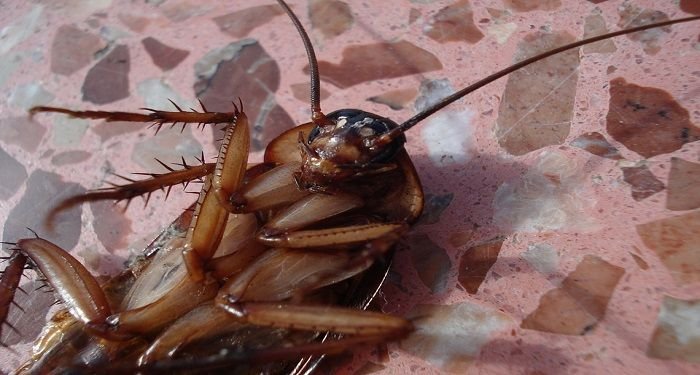
The first step in controlling pests naturally is knowing what you’re dealing with. Common garden pests include:
- Aphids: Tiny green, black, or white insects that suck sap from leaves and stems.
- Slugs and Snails: Soft-bodied creatures that chew holes in leaves.
- Caterpillars: Larvae that eat leaves and can defoliate plants.
- Whiteflies: Small flying insects that feed on plant sap.
- Mealybugs and Scale Insects: Sap-sucking pests often covered in waxy coatings.
- Japanese Beetles and Other Leaf-Eating Insects: Chew on foliage, flowers, and fruits.
Tip: Identify pests early. Check leaves, stems, flowers, and soil for signs like holes, yellowing, or sticky residue. Early detection makes control easier.
Step 2: Practice Good Garden Hygiene
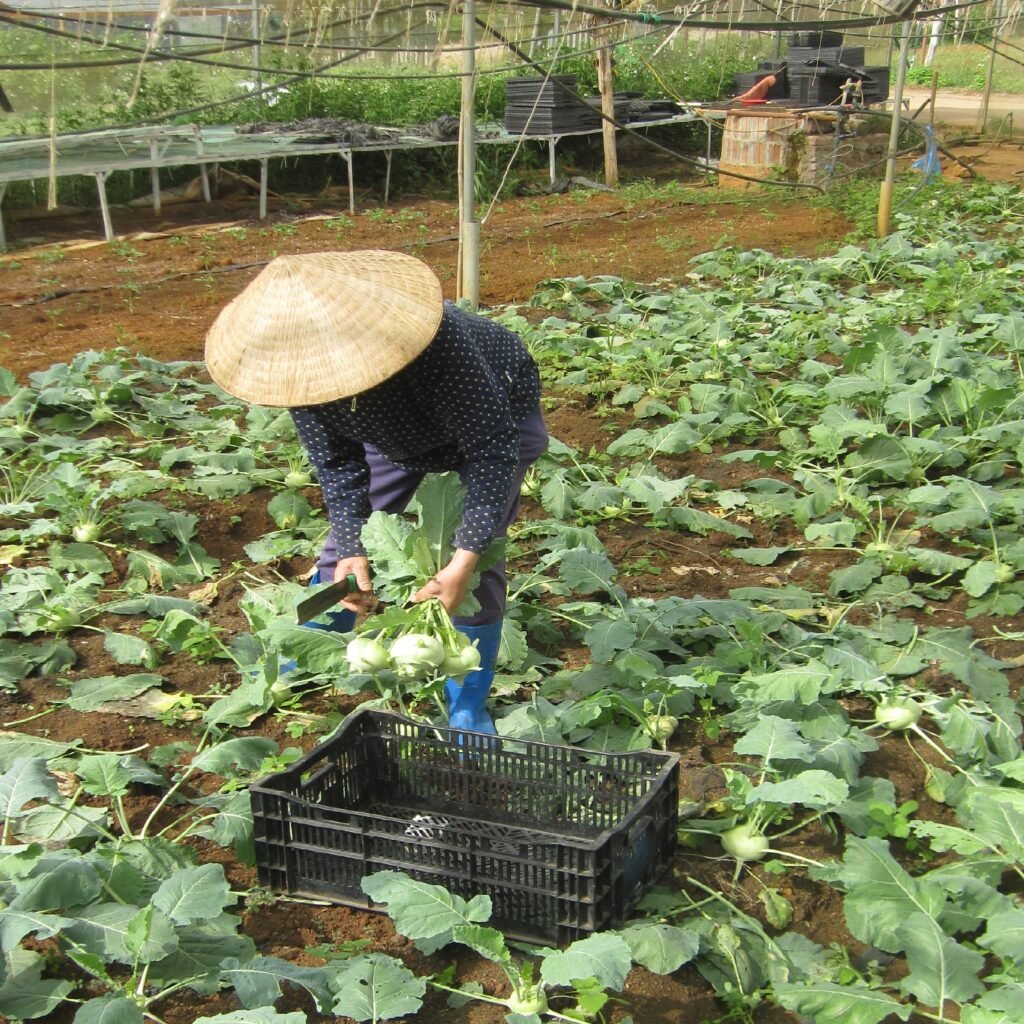
Maintaining a clean, well-organized garden reduces pest infestations naturally:
- Remove dead leaves and plant debris, which harbor pests.
- Weed regularly to eliminate hiding spots for insects.
- Avoid overwatering, as damp conditions encourage slugs, snails, and fungal pests.
- Rotate crops yearly to prevent soil-borne pests from becoming established.
Tip: Healthy, well-maintained plants are less attractive to pests and more resilient against attacks.
Step 3: Use Companion Planting
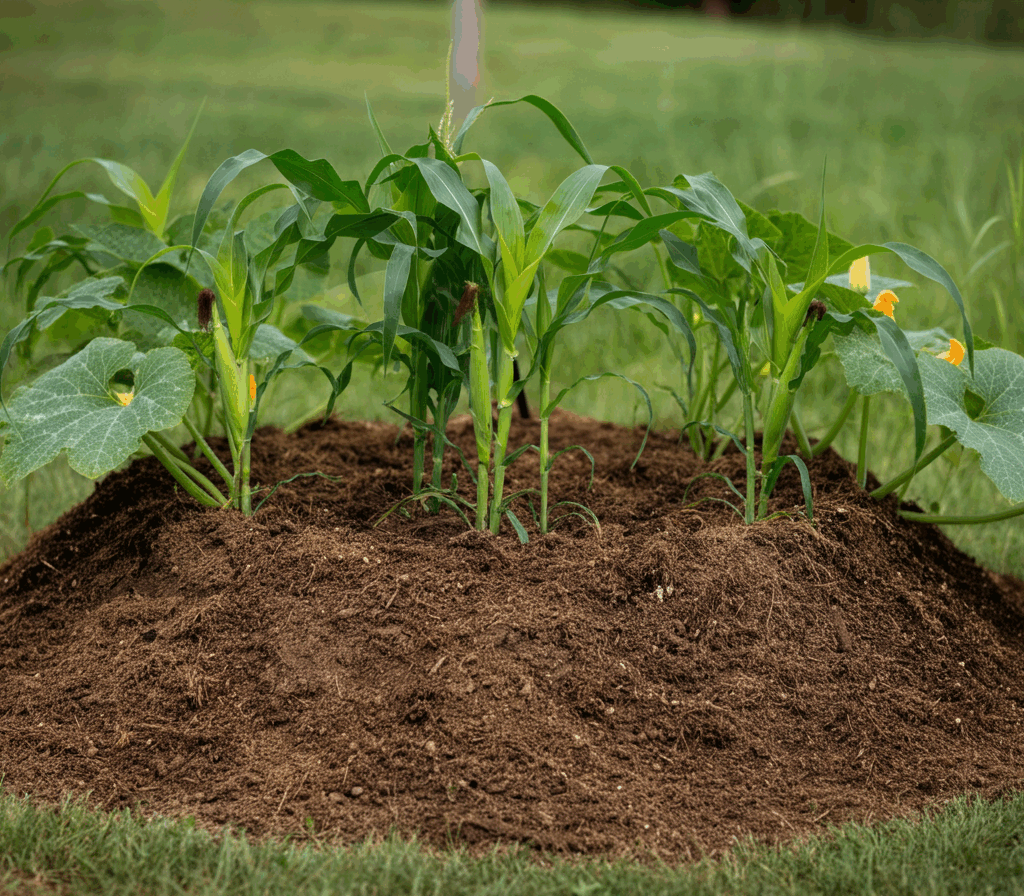
Companion planting is a natural pest deterrent strategy. Certain plants repel pests or attract beneficial insects that prey on them:
- Marigolds: Repel nematodes, aphids, and whiteflies.
- Basil: Repels mosquitoes and flies; enhances tomato growth.
- Chives and Garlic: Keep aphids, Japanese beetles, and carrot flies away.
- Nasturtiums: Attract aphids away from vegetables (acts as a trap crop).
- Dill and Fennel: Attract ladybugs and parasitic wasps, which are natural predators.
Tip: Plant companion plants strategically near vulnerable crops to maximize their pest-repelling benefits.
Step 4: Encourage Beneficial Insects
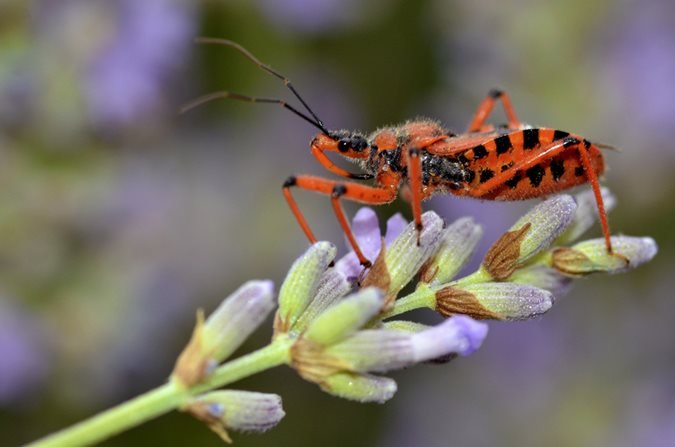
Not all insects are harmful—many act as natural pest controllers:
- Ladybugs: Eat aphids and scale insects.
- Lacewings: Feed on aphids, mealybugs, and mites.
- Parasitic Wasps: Lay eggs inside caterpillars or whiteflies, controlling populations.
- Predatory Beetles: Consume slugs, snails, and other soft-bodied pests.
Tip: Create a welcoming habitat with flowering plants, herbs, or small water sources to attract and sustain beneficial insects.
Step 5: Physical Barriers and Traps
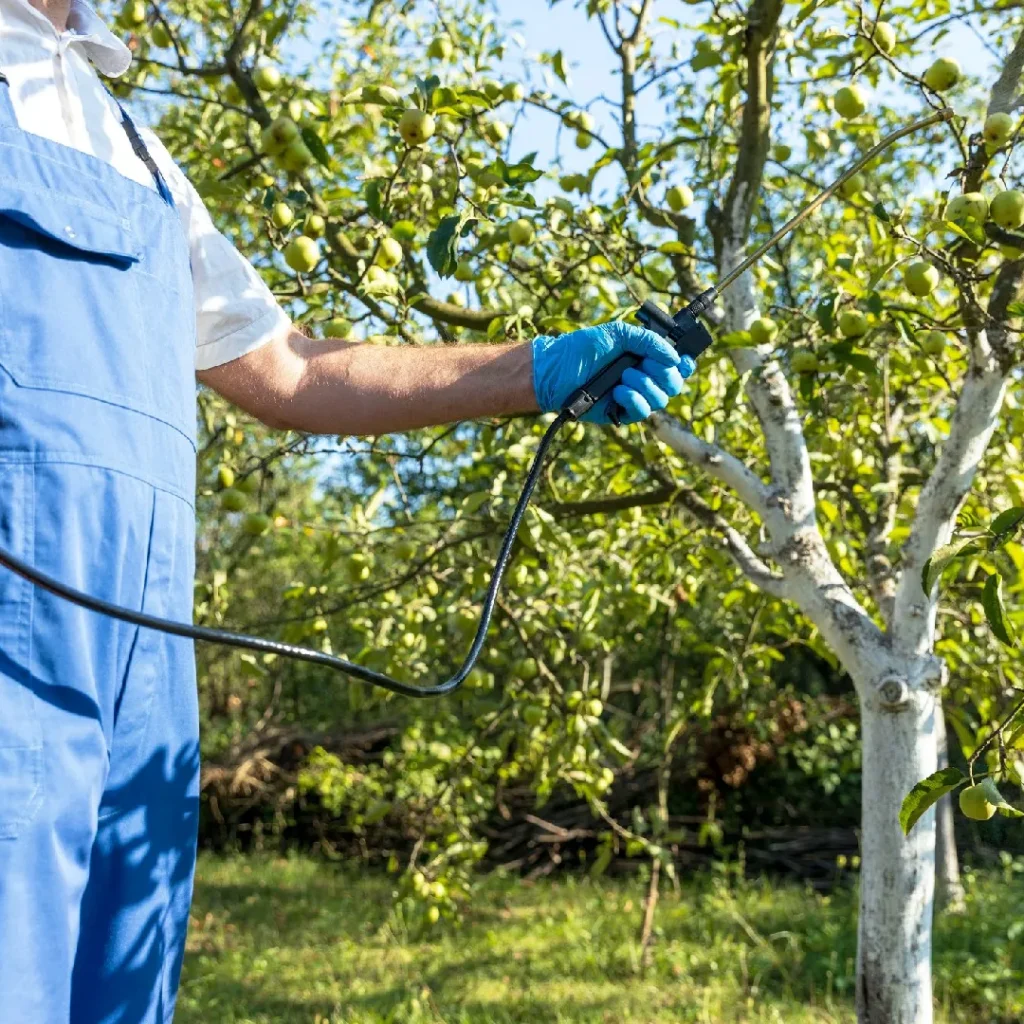
Simple, non-toxic physical methods are highly effective:
- Row Covers or Netting: Protect crops from flying insects and birds.
- Copper Tape: Creates a barrier that slugs and snails avoid.
- Sticky Traps: Yellow or blue sticky boards attract and trap flying pests like whiteflies and aphids.
- Handpicking: Remove caterpillars, slugs, or beetles manually when feasible.
Tip: Combine barriers and traps for maximum protection, especially in small gardens or balconies.
Step 6: Homemade Natural Sprays
Several household ingredients can be turned into effective sprays to repel pests:
1. Neem Oil Spray
- Mix 2 teaspoons of neem oil and a few drops of mild soap in 1 liter of water.
- Spray on affected plants weekly.
- Controls aphids, whiteflies, mealybugs, and caterpillars.
2. Garlic and Chili Spray
- Blend garlic cloves and hot chilies with water, strain, and spray on plants.
- Repels insects and some mammals.
3. Soap and Water Spray
- Mix 1–2 teaspoons of liquid soap in 1 liter of water.
- Spray on leaves to suffocate soft-bodied pests like aphids and spider mites.
4. Herbal Infusions
- Make tea from neem, mint, or chamomile and spray directly on plants.
- Repels pests and promotes plant health.
Tip: Test sprays on a small section first to ensure plants do not get damaged. Reapply after rain for effectiveness.
Step 7: Mulching and Soil Management
Healthy soil and proper mulching deter pests naturally:
- Use organic mulch (straw, wood chips, compost) to reduce weeds and moisture fluctuations.
- Avoid mulch that stays excessively wet, which can attract slugs and snails.
- Rotate crops and amend soil with compost to maintain nutrient balance, reducing plant susceptibility to pests.
Tip: Mulching also helps beneficial insects like ground beetles thrive, enhancing natural pest control.
Step 8: Crop Rotation and Diversity
Rotating plants annually prevents pests from establishing long-term populations:
- Avoid planting the same crop in the same location each year.
- Mix crops in beds to confuse pests and reduce disease spread.
- Interplant fast-growing vegetables with slower-growing ones for added diversity.
Tip: Companion planting and crop rotation together create a resilient ecosystem that naturally minimizes pest problems.
Step 9: Use Organic Repellents and Amendments
Certain natural products improve plant health and repel pests:
- Diatomaceous Earth: Fine powder that scratches soft-bodied pests like slugs and aphids.
- Coffee Grounds: Repel slugs and provide nitrogen to soil.
- Banana Peels: Attract beneficial insects while enriching soil.
- Eggshells: Act as a barrier for crawling pests and add calcium to soil.
Tip: Spread organic amendments around the base of plants strategically for maximum effect.
Step 10: Regular Monitoring and Early Intervention
Preventive care is the cornerstone of chemical-free pest control:
- Inspect leaves, stems, flowers, and soil weekly.
- Remove affected parts promptly to prevent pest spread.
- Keep records of pest activity to identify recurring problems and adjust strategies.
Tip: Early detection allows natural methods to work effectively, reducing the need for stronger interventions.
Benefits of Chemical-Free Pest Control
- Safe for Humans and Pets: No toxic residues on edible crops or in living spaces.
- Protects Pollinators: Bees, butterflies, and other beneficial insects thrive.
- Environmentally Friendly: Reduces contamination of soil and water.
- Promotes Healthy Soil: Organic amendments improve fertility and microbial activity.
- Sustainable: Encourages long-term garden resilience.
Tip: Chemical-free gardens foster biodiversity, creating a balanced ecosystem where plants and beneficial organisms coexist.
Step 11: Tips for Success
- Combine multiple strategies (companion planting, natural sprays, beneficial insects) for maximum effectiveness.
- Keep plants healthy with proper watering, pruning, and fertilization; strong plants resist pests better.
- Introduce barriers for vulnerable plants while using natural sprays for existing infestations.
- Learn from experience: observe which methods work best for your garden’s specific pests.
- Maintain diversity: growing different plants reduces the risk of large-scale infestations.
Final Thoughts
Keeping pests away without chemicals is not only possible but rewarding and sustainable. By combining preventive practices, natural repellents, companion planting, and beneficial insects, you can maintain a healthy, productive garden while respecting the environment.
Chemical-free pest management promotes plant health, soil vitality, and biodiversity, creating a resilient garden that can thrive year after year. With patience, observation, and consistent care, you can enjoy lush, pest-free plants without compromising safety or environmental integrity.
Whether you’re a small balcony gardener or managing a larger backyard, implementing these strategies ensures your garden flourishes naturally, beautifully, and sustainably.
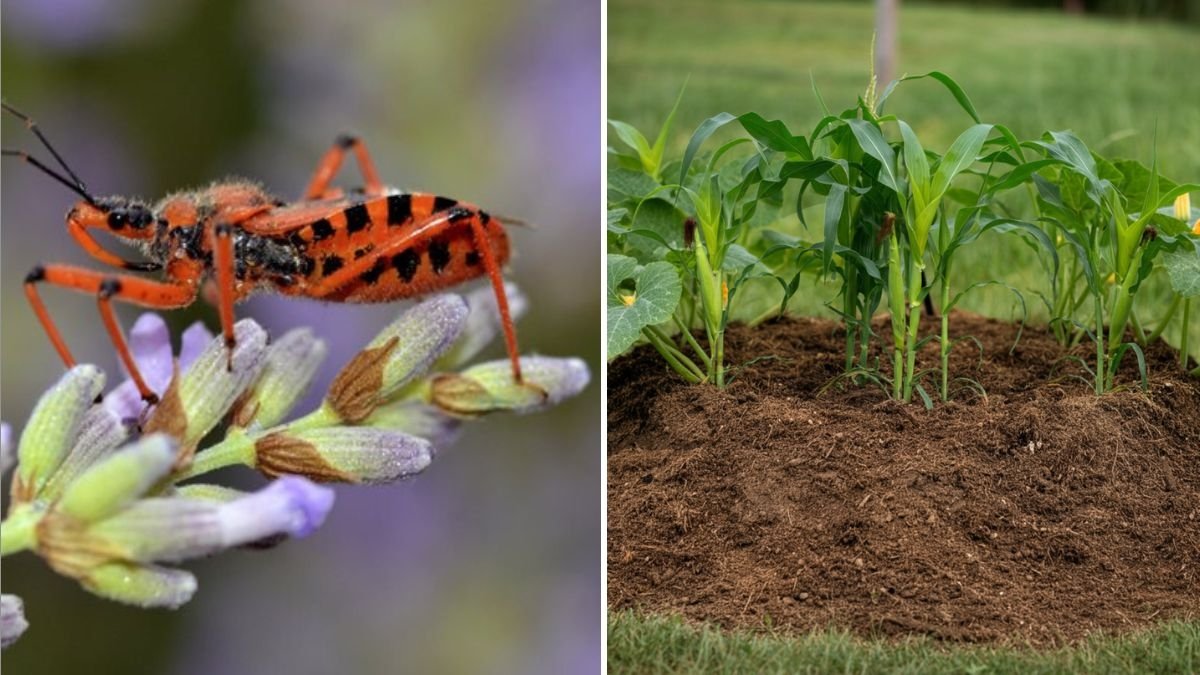





Leave A Comment